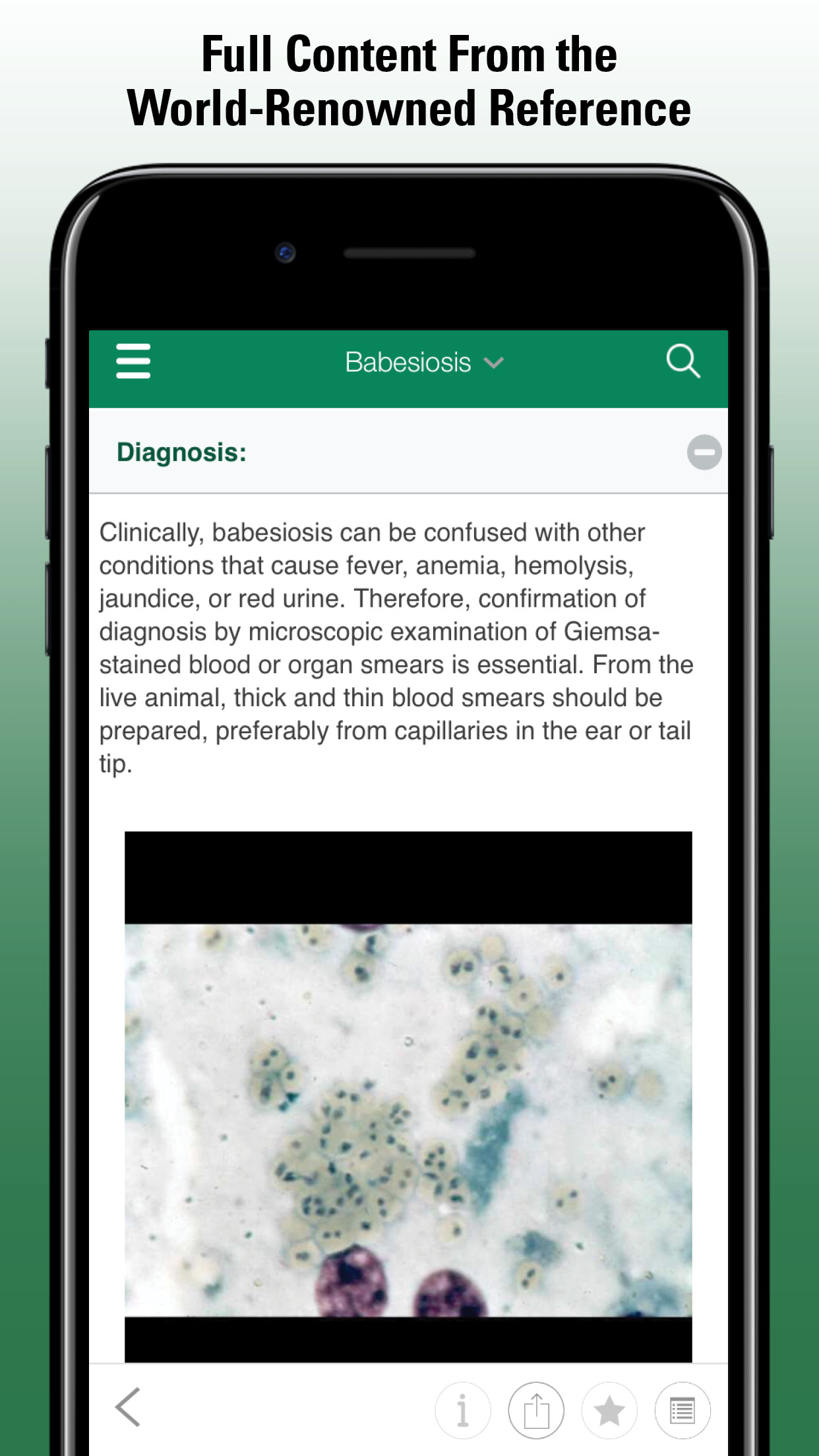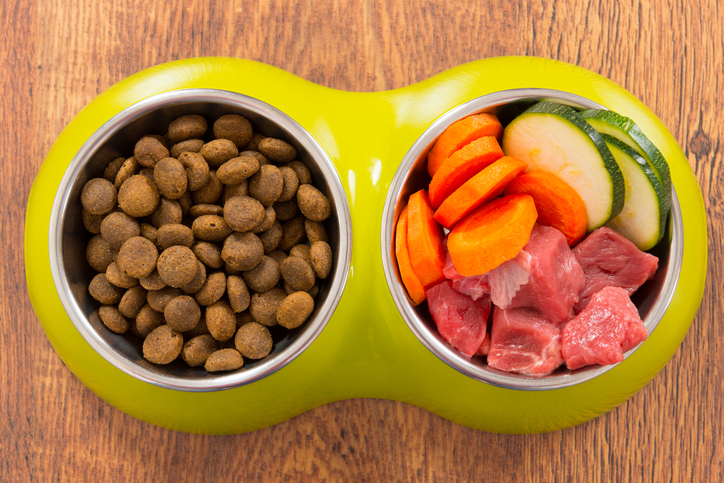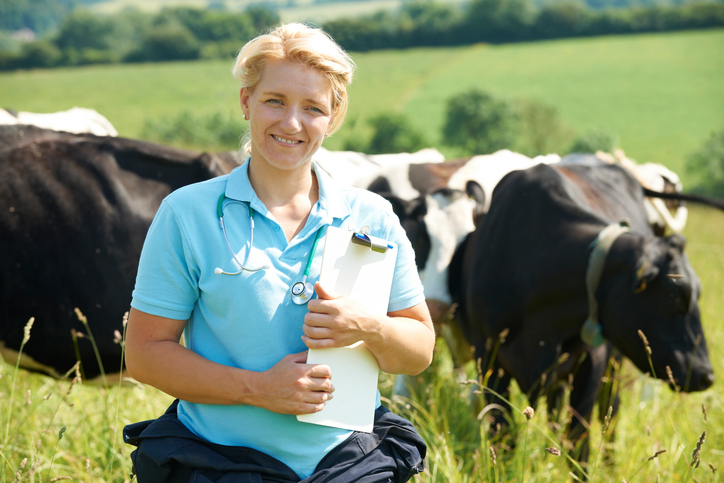Overview of Chicken Anemia Virus Infection
(Chicken infectious anemia, Blue wing disease, Anemia dermatitis syndrome, Hemorrhagic aplastic anemia syndrome)
- Chicken Anemia Virus Infection
- Overview of Chicken Anemia Virus Infection
Etiology, Epidemiology, and Pathogenesis:
Chicken anemia virus (CAV), a 25 nm, nonenveloped, icosahedral virus with a single-stranded, circular DNA genome, is the only member of the Gyrovirus genus of the Circoviridae family. The genome codes for three viral proteins (VP). VP1 is the capsid protein, but VP2 may be needed as a scaffold protein to allow proper folding of VP1. VP2 has also a dual-specificity protein phosphatase (DSP) activity, and mutations affecting the DSP activity resulted in attenuation of virus replication in vivo. VP3, or apoptin, is a nonstructural protein that induces apoptosis in infected cells. CAV infects only chickens, although antibodies have been detected in Japanese quail. The virus is present worldwide based on serology and virus isolation. The disease, chicken infectious anemia, has been described in most countries where chickens are raised commercially.
Horizontal transmission of CAV is by the fecal-oral route, perhaps by the respiratory route, and through infected feather follicle epithelium. Vertical transmission occurs when seronegative hens become infected and continues until neutralizing antibodies develop. Chicks hatched from these eggs are viremic, and CAV can rapidly spread horizontally from these chicks to susceptible, maternal antibody-negative hatchmates. Roosters shedding CAV in semen are another source of vertical transmission. Vaccination of seronegative flocks before the onset of egg production is recommended to prevent vertical transmission.
Maternal antibody–negative chicks are susceptible to infection and disease until 1–2 wk old. In contrast, maternal antibody–positive chicks are protected from disease and probably from infection. Age resistance to clinical disease, but not infection, begins at ~1 wk of age. The age resistance can be overcome by coinfection with viruses causing immunosuppression such as bursal disease virus (see Infectious Bursal Disease), Marek’s disease virus (see Marek’s Disease in Poultry), and reticuloendotheliosis virus (see Reticuloendotheliosis in Poultry).
Many SPF flocks develop antibodies to CAV during or after onset of sexual development. Spread of infection by CAV-contaminated embryo- or cell-culture-derived vaccines is possible.
When day-old susceptible chicks are inoculated IM with CAV, viremia occurs within 24 hr. Virus can be recovered from most organs and rectal contents as long as 35 days after inoculation. The principal sites of CAV replication are hemocytoblasts in the bone marrow, precursor T cells in the cortex of the thymus, and dividing CD4 and CD8 cells in the spleen. Replication in the hemocytoblasts leads to anemia, while replication in the T cells causes immunosuppression. Neutralizing antibodies are detectable 21 days after infection, and clinical, hematologic, and pathologic parameters return to normal ~35 days after infection. CAV infection has adverse effects on proliferative responses of spleen lymphocytes and on the production of interleukin-2 and interferons by splenocytes. Infection can cause a marked decrease in generation of antigen-specific cytotoxic T cells and T-helper cells directed against other pathogens. In addition to T-cell defects, macrophage functions such as Fc-receptor expression, phagocytosis, and antimicrobial activity may be impaired. Subclinical, horizontally acquired infection with CAV in broiler progeny of seropositive parent flocks may be associated with impaired economic performance.
Clinical Findings:
Signs of illness or adverse effects on egg production do not occur when seronegative adult chickens become infected. However, vertical transmission or infection of maternal antibody–negative chicks before 1 wk of age can cause clinical disease 12–17 days after hatching or infection. Chicks are anorectic, lethargic, depressed, and pale. PCV is low (in chicks, anemia is defined as a PCV ≤27), and blood smears often reveal anemia, leukopenia, or pancytopenia depending on the state of the disease. Blood may be watery and clot slowly. Mortality rates are variable but may be high with secondary complicating infections.
Lesions:
Organs are pale; the thymus is generally atrophied, and the bursa of Fabricius may be small. Bone marrow is pale or yellow. Hemorrhages may be present in or under the skin, muscle, and other organs. Histologically, lymphoid cell populations are depleted in primary and secondary lymphoid organs. Granulocytic and erythrocytic compartments in the bone marrow are atrophic or hypoplastic.
Diagnosis:
A tentative diagnosis is based on history, signs, and gross and histopathologic lesions. Confirmation requires detection of virus or viral DNA in the thymus or bone marrow. PCR and quantitative PCR techniques are commonly used to demonstrate the presence of CAV. Viral isolation can be used but is slow and expensive. To isolate CAV, chloroform-treated extracts of tissues are inoculated in MDCC-MSB1 or MDCC-147 cultures (both are lymphoblastoid cell lines derived from Marek’s disease tumors) or into susceptible, immunocompromised and maternal antibody–negative day-old chicks. Commercial ELISA kits are available to detect serum antibodies to CAV and can be used to identify breeder flocks that are seronegative before egg production and to monitor the efficacy of vaccination.
Treatment and Prevention:
There is no specific treatment. Secondary bacterial infections may be treated with antibiotics. Live vaccines are available for vaccination of antibody-negative breeder flocks before the start of egg production. Administration is by injection or by addition to the drinking water depending on the type of vaccine available in individual countries. A vaccine has been approved in the USA for use in broilers as young as 7 days old; administration is by addition to the drinking water. In some areas, transfer of litter to noncontaminated premises and the addition of crude homogenates of tissues from affected chickens to the drinking water have been used to ensure infection and seroconversion of parent flocks before they begin to lay eggs, thereby diminishing the risk of egg transmission. However, these procedures are extremely risky and not acceptable. Because of the synergism between CAV and other immunosuppressive viruses, control of the latter is also important.
- Chicken Anemia Virus Infection
- Overview of Chicken Anemia Virus Infection




